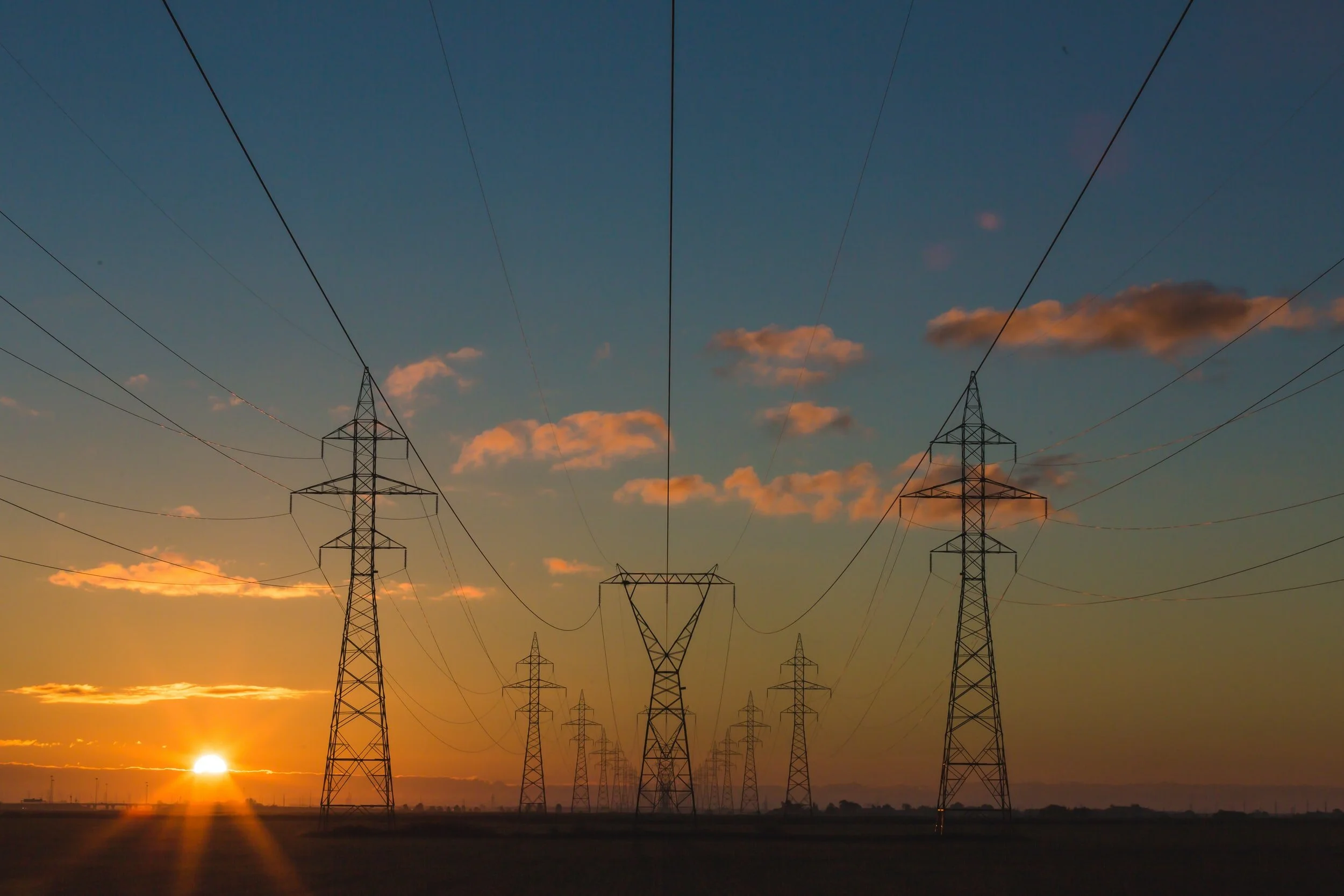On July 29, the NDRC issued the "Notice on Further Improving the Time-of-Use Electricity Price Mechanism", requesting to further improve the peak-valley electricity price mechanism, establish a peak electricity price mechanism, and improve the seasonal electricity price mechanism.
1. Improve the peak-valley price mechanism.
l Scientifically divide peak and valley periods. All localities should consider the local power supply-demand status, system power load characteristics, the proportion of new energy installed capacity, system adjustment capabilities, and other factors. Determine the period of tight system supply with high marginal power supply costs as peak hours, and guide users to save electricity, shift and avert peak hours. Determine the period when the system supply and demand are loose and the marginal power supply cost is low as the valley period to promote the consumption of new energy and guide users to adjust the load. Where the proportion of installed renewable energy power generation capacity is high, full consideration should be given to the fluctuation of new energy power generation output and the changing characteristics of the net load curve.
l Reasonably determine the peak-valley price. All localities should consider the local power system peak-valley ratio, the proportion of new energy installed capacity, system adjustment capacity, and other factors, and reasonably determine the peak-valley price gap. When the peak-valley ratio is expected to exceed 40% in the previous year or the current year, in principle, the electricity price difference should not be less than 4:1; and it should not be less than 3:1 in other places.
2. Establish a peak electricity price mechanism.
l All localities should implement a peak electricity price mechanism based on actual peak and valley electricity prices conditions. The peak period should be reasonably determined according to when the highest load of the local power system is 95% or more of the electricity load in the previous two years and should be flexibly adjusted in consideration of the power supply and demand of the year, weather changes, and other factors; the peak power price rises on the basis of the peak power price in principle not less than 20%. Where cogeneration units and renewable energy have a large proportion of installed capacity, and where the contradiction between phased oversupply and demand in the power system is prominent, a deep valley electricity price mechanism can be established concerning the peak electricity price mechanism. Strengthen the coordination of peak-valley electricity price mechanism and power management policies, and fully tap the demand side adjustment capabilities.
3. Improve the seasonal electricity price mechanism.
l Where there are obvious seasonal differences in daily power load or power supply and demand, it is necessary to further establish and improve the seasonal power price mechanism, divide the peak and valley periods by seasons, and set the seasonal peak and valley price difference reasonably; where the proportion of renewable energy such as hydropower is significant. It is necessary to comprehensively consider the complementary factors of wind and water, and further establish and improve the high and low electricity price mechanism. The high and low periods should be reasonably divided according to the characteristics of water and wind and solar output over the years, and the floating rate of electricity price should be set reasonably according to the supply and demand of the system. Encourage the northern regions to study and formulate seasonal electricity heating price policies, and promote the further reduction of clean heating electricity costs by appropriately extending the trough period and reducing the valley section of the electricity price, and effectively guaranteeing residents' demand for clean heating in winter.

